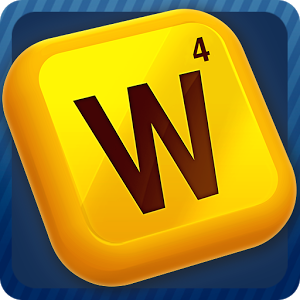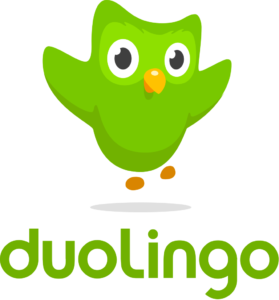The core components of a quality app seem straightforward-intuitive interface, attractive design, bug-free function-, but add the curriculum or learning objectives of an educational app to the mix and the task becomes increasingly complex.
That’s why, when someone finds the right mix, it’s helpful to take a closer look at what they did right. As the following four examples show, it’s possible to create an app that strikes that very particular balance. How developers do that, though, depends on making key choices about what matters to users.
Words with Friends
 Might as well start at the top. Words with Friends is a simple app, but that may just be the key to its popularity. The education users get from it is very focused. The app doesn’t try to cover every single subject ever taught in school. When playing this game, you boost your vocabulary.
Might as well start at the top. Words with Friends is a simple app, but that may just be the key to its popularity. The education users get from it is very focused. The app doesn’t try to cover every single subject ever taught in school. When playing this game, you boost your vocabulary.
But they key word there is “game.” Words with Friends attracted users because, like its inspiration, Scrabble, it involves competition with other people. The social element that assures apps like Instagram will always thrive played a major role from the beginning.
By keeping the educational aspect of this educational app focused on one specific area, developers created an experience that let users focus on the aspect that mattered to them: beating their friends.
Duolingo
 Not all subject matter is fodder for an addictive game like Words with Friends. That said, most subjects can be gamified to a certain degree. Duolingo has proved that, helping users learn new languages by offering a playful approach to an often challenging task.
Not all subject matter is fodder for an addictive game like Words with Friends. That said, most subjects can be gamified to a certain degree. Duolingo has proved that, helping users learn new languages by offering a playful approach to an often challenging task.
In this case, though, it’s important to focus on the fact that Duolingo identified and addressed a key desire in its audience. Plenty of people want an easy, fun way to learn a language. Some people want to travel the world. Some want to communicate with relatives in their own tongue. Some just want to pass Spanish class. Either way, the developers of this app didn’t offer the kind of education they thought users should get. They offered the kind of education users themselves wanted.
Loose Strands
![]() Moving away from the big names, Loose Strands is an app that is aimed directly at kids, offering a twist on the Choose-Your-Own-Adventure novel genre. Earning acclaim from school groups, the app features a story straight out of a popular YA novel. The only difference, though, is that the user gets to help decide how the story unfolds, following different “loose strands” of hair (the protagonist lives in a barbershop, after all) to take the story in new directions.
Moving away from the big names, Loose Strands is an app that is aimed directly at kids, offering a twist on the Choose-Your-Own-Adventure novel genre. Earning acclaim from school groups, the app features a story straight out of a popular YA novel. The only difference, though, is that the user gets to help decide how the story unfolds, following different “loose strands” of hair (the protagonist lives in a barbershop, after all) to take the story in new directions.
What sets this app apart from its peers? Quality where it counts. Some developers might fall in love with the idea of a digital take on Choose-Your-Own-Adventure novels and not realize that kids do appreciate a good story; a cool idea isn’t cool if the execution is poor. Loose Strands works because its writers actually know how to entertain readers. If it wasn’t on your smartphone, this book could still get by on the merits of its prose.
WWF Together
 Too often, the official apps of recognized organizations fail to impress. Usually, the biggest successes come from out of nowhere.
Too often, the official apps of recognized organizations fail to impress. Usually, the biggest successes come from out of nowhere.
WWF Together, the educational app of the World Wildlife Fund, is an exception.
People absolutely love this app, and it’s easy to understand why. Most kids learn about protecting endangered species in a way that distances the animals from us. Reading about them in a book isn’t personal enough. Even a trip to the zoo involves a clear distance between the child and the animal in which they are interested.
This app removes that barrier. Kids choose an animal to learn about, and are given a series of interactive options, many of which are designed to put the child in the position of that very same animal. Of course, valuable information is provided along the way, but the app is designed to make it seem like kids are learning this information from their own actions, instead of having it fed to them by a third party.
Of course, when it comes to designing educational apps, different subjects require a different approach. These four examples show, however, that success doesn’t have to be elusive. It simply involves honing in on the right details.
